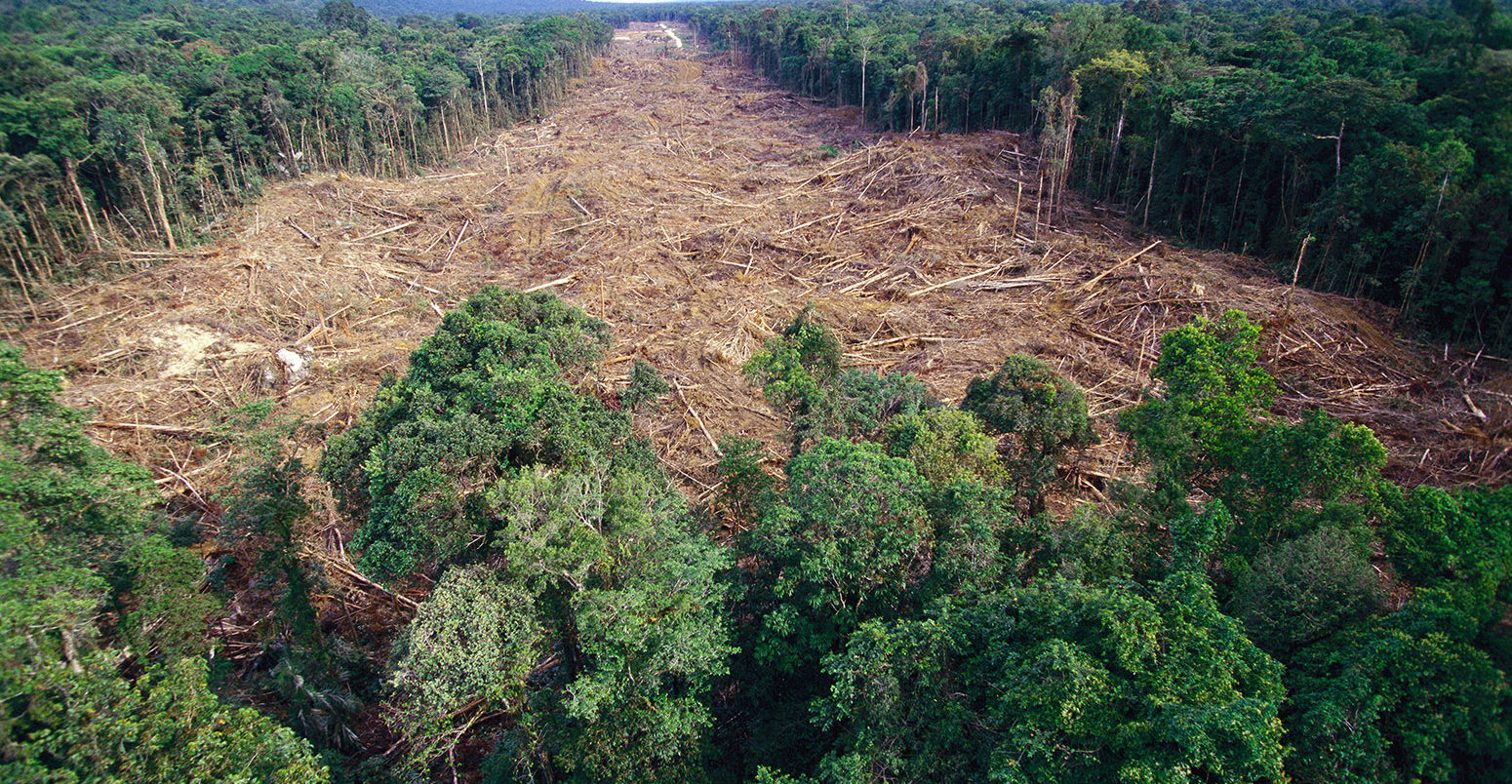What you need to know What is deforestation?

Deforestation is a destructive practice of destroying forests for rescorces or land that humans have been doing for thousands of years. Deforestation increased in the 1800's, during the industrial revolution, because more tools for cutting down trees became availible. Because of this, vast expanses of forest have been cut down. Even worse than cutting down forests of trees to clear land, there is the slash and burn tecnique. This involves burning the trees and not using their wood. This is often done by farmers to clear land for crops. However, this method removes most of the nutrients from the soil, and the farmers must burn more forest when the soil can no longer support crops, perpetuating the cycle of deforestation. Right now, forests are being cut down at a rate of 27 soccer feilds every minute, according to WWF. Almost half the world's tropical forests have already been cleared, and we're losing 18 million acres, roughly the size of Panama, every year (FAO).

